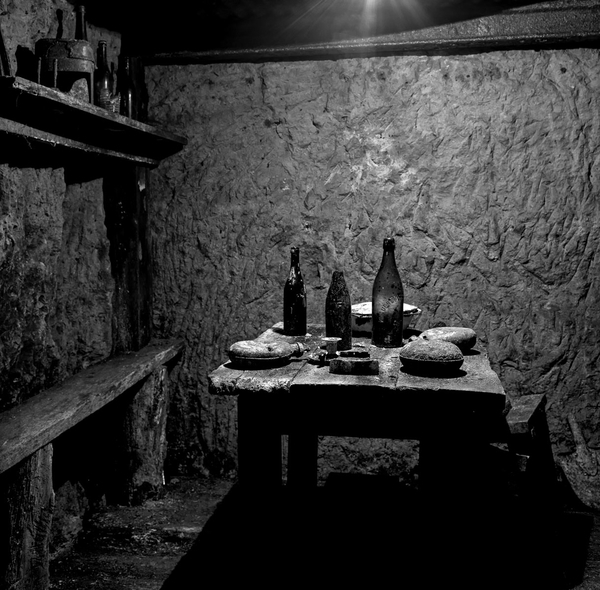
World War One is infamous for trench warfare, but little is known about the caves and underground networks that emerged as part of the trenches. Now these underground quarters have mostly been lost to history, but one man, Dr Jeffrey Gusky has dedicated years to locating and researching these lost living quarters.
Dr Gusky has taken hundreds of photographs depicting the underground living conditions of World War One troops. He is now determined to save and preserve the caves and underground network as a piece of history.
Dr Gusky says that they are important to both military and human history because they still exist in the condition that they were left in a hundred years ago. He says that under ground it is as if time has stood still. He is reluctant to reveal the exact locations of the caves in north west France, since he wants them to remain undisturbed. Already some cave networks have been disturbed by vandals, with one having sections of the walls cut out, and others stealing the artefacts inside.
The caves would have been used by French soldiers, who would have exited the caves and gone to the trenches to fight. Many of whom never returned to their underground shelters.
As the war broke out, the troops on the front lines dug their trenches, as both sides needing shelter from the modern machine guns and artillery that each side possessed. Where possible, caves were used and or expanded for use as shelter.
Troops would rotate from the front line trenches back to the underground caves, some of which were more than 100 feet under the earth’s surface. Huge staircases were built to allow soldiers to get up and down, and they became known as the stairways to hell.
Bored troops waiting for their orders would write or carve into the cave walls, which still remain today. Dr Gusky says that bunk beds, uniforms and soldiers’ boots still remain as if they had been left there just yesterday. Other items he has come across include wine bottles, signs, religious artefacts, writing and poems, and sports memorabilia.
There are even holes in the cave walls that were used for incoming and outgoing mail collection. Dr Gusky says he has found a bakery and even a theater He says the American soldiers were by far the most artistic on the cave walls, The Huffington Post reports.
It is thought that around seven kilometers of tunnels remain in France, while around 17kms are on the German side of the front line.